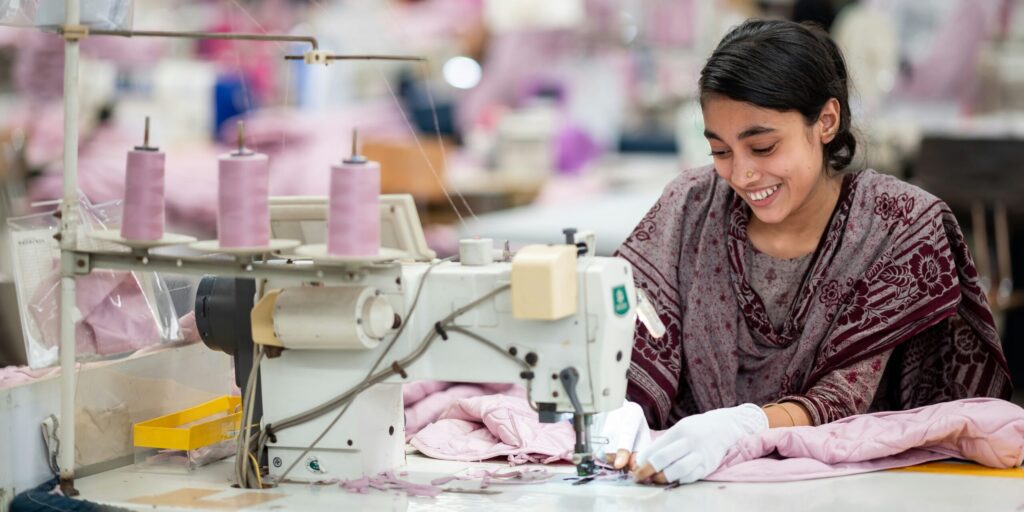The fashion industry in 2025 is undergoing a notable transformation, with sustainability becoming a central pillar in design, production, and consumer choice. Leading brands and emerging designers alike are embracing eco-friendly fabrics and ethical manufacturing processes, responding to increasing demand from environmentally conscious consumers.
Key Sustainable Fabric Innovations
Traditional textiles are being replaced or supplemented by innovative sustainable materials. Algae-based fibers, recycled polyester, organic cotton, hemp, and bamboo fabrics are gaining prominence due to their lower environmental footprint.
One breakthrough is the development of algae-derived yarns, which require less water and chemicals than cotton and biodegrade naturally. Several fashion houses, including EverGreen Apparel, have incorporated these fabrics into their spring 2025 collections.
Waterless dyeing techniques and low-impact finishing processes are also revolutionizing how garments are produced, reducing pollution and resource use.
Major Brands and Market Impact
EverGreen Apparel and Lumière Fashion, two industry leaders, showcased collections at New York Fashion Week emphasizing sustainability. EverGreen’s line featured biodegradable fabrics and zero-waste patterns, while Lumière incorporated circular design principles, creating garments that can be easily recycled or repurposed.
Consumer data reflects a shift toward sustainable fashion, with surveys indicating over 60% of shoppers prioritize environmental considerations when purchasing clothing.
The global sustainable fashion market is projected to exceed $10 billion by 2028, with growth fueled by innovation and consumer advocacy.
Designer Perspectives
Designers emphasize that sustainability enhances creativity. Renowned designer Maya Kim stated, “Working with sustainable fabrics challenges us to rethink aesthetics and function, leading to truly innovative designs.”
Emerging designers are collaborating with scientists to develop new textiles, blurring boundaries between fashion, technology, and environmental science.
Challenges in Scaling Sustainability
Despite progress, challenges remain in sourcing materials at scale, ensuring supply chain transparency, and maintaining affordability. Smaller brands often struggle with higher costs of sustainable production.
Industry coalitions are promoting certifications and standards to build consumer trust and drive improvements across the supply chain.
Consumer Education and Behavior
Brands and retailers are investing in educating consumers about sustainability benefits and care instructions to extend garment lifespan.
Digital platforms and apps offer tools to assess product sustainability and promote secondhand markets.
Environmental and Social Benefits
Sustainable fabrics contribute to reduced greenhouse gas emissions, lower water consumption, and diminished chemical pollution. Ethical manufacturing also addresses labor rights and fair wages, aligning fashion with broader social justice goals.
Future Trends
Looking ahead, innovations such as biofabrication, 3D printing with recycled materials, and smart textiles that adapt to environmental conditions are poised to reshape the industry further.
Circular economy models and resale platforms will expand, encouraging longevity and reuse.
Conclusion
Sustainable fabrics are no longer niche but central to fashion’s future. The industry’s shift in 2025 reflects a growing commitment to environmental stewardship, ethical practices, and consumer empowerment, heralding a new era of responsible style.


